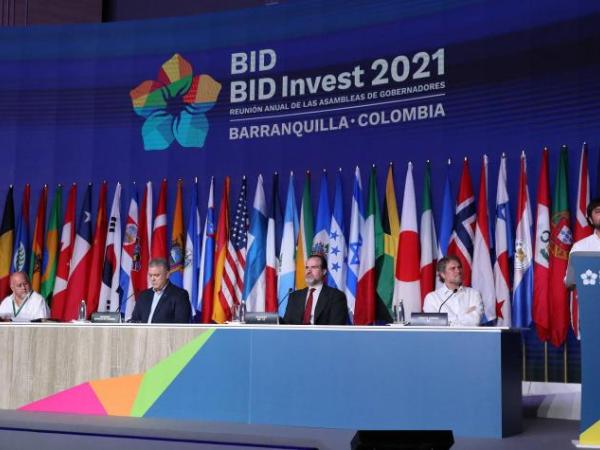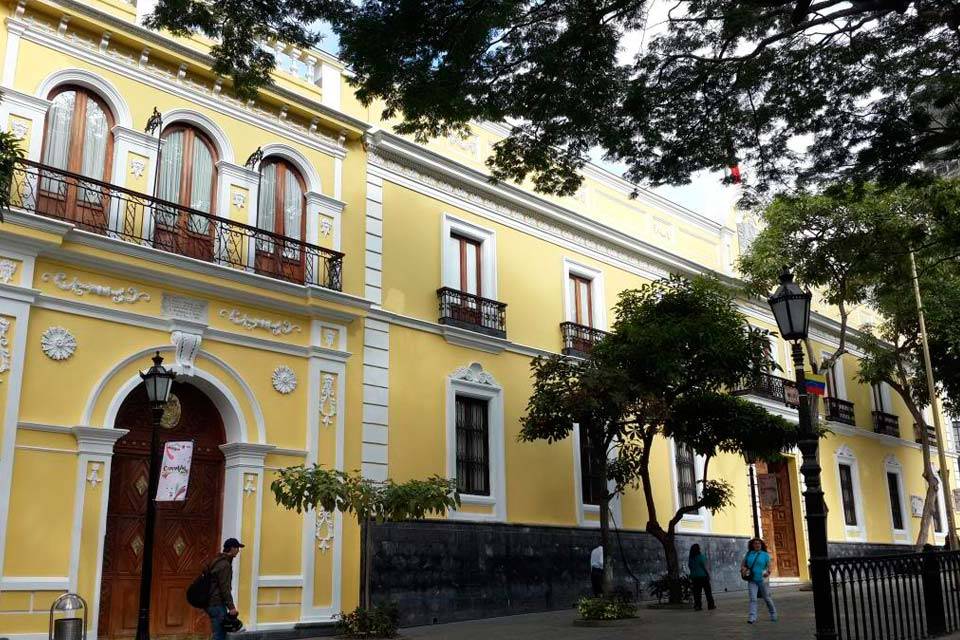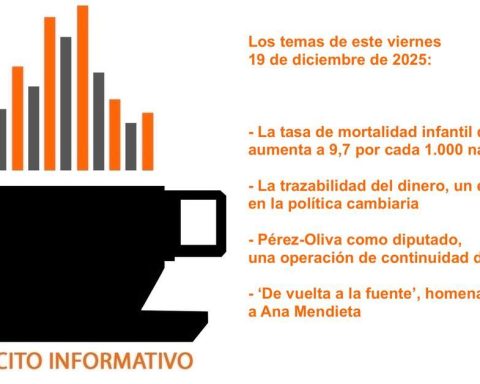Argentina is in “an advanced position” with respect to the rest of the countries of the region in terms of public financial administration, both in regulatory aspects and in its practical implementation, in a continuity that went through governments of different political persuasions in the last three decades.
This was stated to Télam by the president of the Argentine Association of Budget and Public Financial Administration (ASAP), Gonzalo Lecuona, with a view to the organization of the next national seminar that will be next May in Mendoza, and after the one held days ago in Resistencia, Chaco.
Lecuona referred to the validity of Law No. 24,156, enacted in September 1992, and how its effects marked a before and after in the organization of the four axes of financial administration: budget, treasury, accounting and public credit, as well as to mark the difference between budget regulations and government plans.
He also stressed that the law shaped a new “budget culture” in terms of compliance with certain regulations, such as the presentation of the bill no later than every September 15, something that had not happened since the presidency of Arturo Illia, or the centralization of information on public debt, which until 1991 was subject to different interpretations.
– It can be observed, at least in recent decades, a difference between what the Budget should be and what it effectively ends up being. What is this gap due to?
– The Budget is a very powerful management tool for the expression of public policies, but it clearly depends on definitions of political authorities that are established each year. In the framework of a country with a more reasonable macroeconomic balance, a vaccination plan, food policies or others related to housing can be developed and a budget can be reached that is more similar to what is proposed. This element is central and not only at this particular moment: an inflation of 20 to 25% already generates an important variation that gives rise to these modifications between the Budget presented and the one that ends up being executed. On the other hand, we have situations such as Covid-19, which was very relevant, and others that are perhaps not so relevant, but it is possible that six or seven months after the presentation of the bill, certain events in particular arise that require to readjust the Budget with respect to what was proposed. All this has to do with a culture, Argentina is not a country that is used to planning and defining long-term scenarios. And that clearly affects the Budget. Let us not forget that it is the consequence of a plan and definitions of political priorities to determine certain scenarios. To simplify it, a Budget project is going to be mounted on a pessimistic, optimistic or intermediate scenario, but if reality does not end up being like the scenario that was proposed, clearly that will also affect the budget in its execution.
– From the normative point of view, how is Argentina in comparison with other countries?
– Argentina approved Law 24,156 30 years ago, clearly that indicator shows us in an advanced position in regulatory terms. In turn, implementation is also at a significant level of progress compared to countries in the region. There are always things to improve, but it is very evident that today anyone can access public information, practically online, with no more than 48 hours from the moment it was registered. And that is possible given a very significant advance in the public financial administration system. In a huge national State, it has been possible to articulate and register in a way in which the citizen can access sites like budgetabierto.gob.ar and have that information in a timely manner. This is no coincidence, but one of the many indicators that shows that Argentina has a certain level of progress that is very respectable compared to other countries in the region. Obviously, with many challenges, because it could be said that these advances in public financial management do not end up being reflected in terms of impact. In that case, let’s differentiate their role from political definitions and priorities about what to do with those resources. Even in computing, the system is state-of-the-art. The E-Sidif (Integrated Financial Information System on the Internet), a continuation of the original Sidif from the 1990s, is a clear exponent that provides decision-making tools to officials and the general public.
– Does this transcend the identity of governments and officials on duty?
– Absolutely, in fact, in 1992 the president was Carlos Menem, then came Fernando de la Rúa, Eduardo Duhalde, Néstor Kirchner, Cristina Fernández de Kirchner, Mauricio Macri and today Alberto Fernández. The public financial administration went through those governments and never backed down, it has always been improved a little more in each of the systems and in an integrated manner. One of the pillars of the 1992 reform, which is regulatory centralization and operational decentralization, makes it clear that this has worked. The governing bodies function more and more in relation to the initial expectations, and the decentralized ones, through experience, training and technology, have allowed the evolution of the system. I am not saying that we can give lessons, but we can give good practices, examples of success. That is why it is important to differentiate the success or otherwise of a public policy from the administration system itself that did everything necessary so that whoever made a decision could do so in a timely manner.


















